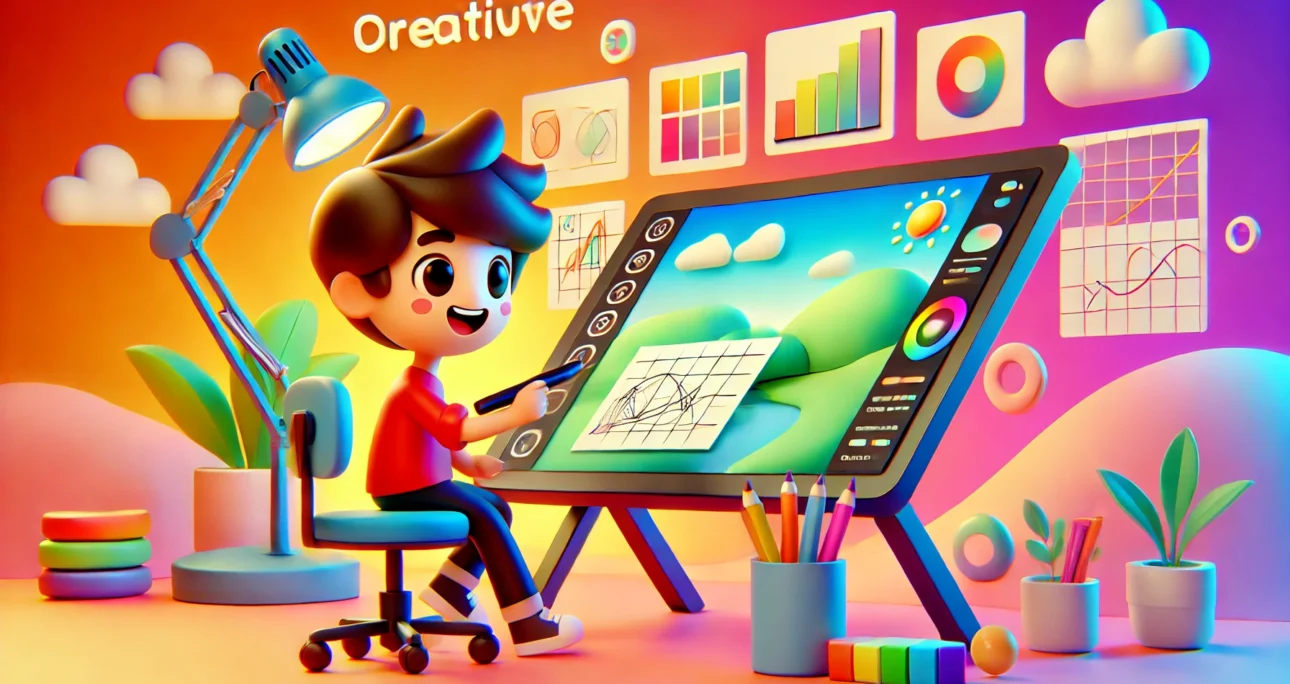Unlocking the Potential of Passive Income through Design Licensing
For freelance graphic designers, licensing your designs can be a lucrative way to earn passive income. By allowing companies to use your artwork on products, you can generate royalties without the need for continuous client work. This guide will explain how to license your designs effectively and earn royalties from your artwork.
Table of Contents
- Understanding Design Licensing
- What is Design Licensing?
- Benefits of Licensing Your Designs
- Preparing Your Portfolio for Licensing
- Portfolio Optimization for Licensing
- Showcasing Versatile Designs
- Identifying Your Niche
- Niche Specialization in Licensing
- Targeting the Right Market
- Creating Licensing Agreements
- Key Components of a Licensing Agreement
- Negotiating Terms and Royalties
- Finding Licensing Opportunities
- Leveraging Social Media Marketing
- Using Online Marketplaces and Agencies
- Promoting Your Licensed Designs
- Building Client Relationships
- Effective Project Management for Licensing
- Pricing Your Licensed Designs
- Implementing Value-Based Pricing
- Determining Royalty Rates
- Protecting Your Intellectual Property
- Registering Your Designs
- Enforcing Your Rights
- Scaling Your Licensing Business
- Expanding Your Portfolio
- Exploring Passive Income Opportunities
- Conclusion: Elevating Your Freelance Graphic Design Career
1. Understanding Design Licensing
1.1 What is Design Licensing?
Design licensing involves granting permission to a company to use your artwork on their products in exchange for royalties. This arrangement allows you to retain ownership of your designs while generating income from their commercial use. Licensing can apply to various products, including apparel, home decor, stationery, and more.
1.2 Benefits of Licensing Your Designs
Licensing your designs offers several benefits, including passive income, increased exposure, and the potential for long-term revenue streams. By licensing your artwork, you can focus on creating new designs while earning royalties from existing ones. This approach also expands your reach, as licensed products often reach wider audiences.
2. Preparing Your Portfolio for Licensing
2.1 Portfolio Optimization for Licensing
To attract potential licensees, optimize your portfolio to showcase designs suitable for various products. Include high-quality images, mockups, and detailed descriptions to highlight the versatility and commercial appeal of your artwork. A well-curated portfolio demonstrates your capability and professionalism.
2.2 Showcasing Versatile Designs
Versatility is key when preparing your portfolio for licensing. Include designs that can be easily adapted to different products and industries. Show how your artwork can be applied to various contexts, such as textiles, packaging, and digital media. This flexibility increases your chances of securing licensing deals.
3. Identifying Your Niche
3.1 Niche Specialization in Licensing
Specializing in a specific niche can enhance your appeal to potential licensees. Identify areas where your designs excel and focus on creating artwork that caters to those markets. Niche specialization helps you stand out in a crowded marketplace and attracts companies looking for unique, high-quality designs.
3.2 Targeting the Right Market
Research and identify markets that align with your niche. Understand the needs and preferences of potential licensees and tailor your portfolio to meet their demands. By targeting the right market, you increase your chances of finding companies interested in licensing your designs.
4. Creating Licensing Agreements
4.1 Key Components of a Licensing Agreement
A well-drafted licensing agreement is essential for protecting your rights and ensuring fair compensation. Key components include the scope of the license, duration, territory, royalty rates, and usage rights. Clearly outline the terms to avoid misunderstandings and disputes.
4.2 Negotiating Terms and Royalties
Effective negotiation is crucial for securing favorable terms and royalties. Understand your value and be prepared to discuss different aspects of the agreement. Aim for terms that reflect the potential commercial success of your designs and ensure that you receive fair compensation for their use.
5. Finding Licensing Opportunities
5.1 Leveraging Social Media Marketing
Social media is a powerful tool for finding licensing opportunities. Use platforms like Instagram, LinkedIn, and Behance to showcase your portfolio and connect with potential licensees. Engage with industry-specific hashtags and participate in relevant communities to increase your visibility.
5.2 Using Online Marketplaces and Agencies
Online marketplaces and licensing agencies can help you reach potential licensees. Platforms like ArtLicensing.com, Society6, and Printful connect designers with companies looking for artwork. Licensing agencies can also represent your work and negotiate deals on your behalf, broadening your reach.
6. Promoting Your Licensed Designs
6.1 Building Client Relationships
Strong client relationships are vital for successful licensing. Maintain clear and consistent communication with licensees, providing support and updates as needed. Building trust and rapport with clients can lead to long-term partnerships and additional licensing opportunities.
6.2 Effective Project Management for Licensing
Effective project management ensures that your licensed designs are delivered on time and meet the licensee’s specifications. Use project management tools like Trello, Asana, or Monday.com to organize tasks, track progress, and collaborate with clients. Streamlined workflows enhance your professionalism and reliability.
7. Pricing Your Licensed Designs
7.1 Implementing Value-Based Pricing
Value-based pricing involves setting your rates based on the perceived value of your designs to the licensee. This approach allows you to charge higher rates for artwork that offers significant commercial potential. Clearly communicate the benefits and outcomes of your designs to justify your pricing.
7.2 Determining Royalty Rates
Royalty rates vary depending on factors such as the type of product, market demand, and your reputation as a designer. Research industry standards and consider the potential sales volume when determining your rates. Aim for a balance between fair compensation and competitive pricing.
8. Protecting Your Intellectual Property
8.1 Registering Your Designs
Protecting your intellectual property is crucial for licensing. Register your designs with the appropriate authorities to secure legal protection. This step ensures that you retain ownership and can take legal action if your designs are used without permission.
8.2 Enforcing Your Rights
Monitor the use of your licensed designs to ensure compliance with the terms of the agreement. If you discover unauthorized use, take appropriate action to enforce your rights. This may involve contacting the infringing party, issuing cease and desist letters, or pursuing legal action if necessary.
9. Scaling Your Licensing Business
9.1 Expanding Your Portfolio
Continually expand your portfolio to keep it fresh and relevant. Create new designs that align with current trends and market demands. A diverse and up-to-date portfolio attracts more licensees and opens up additional opportunities for licensing deals.
9.2 Exploring Passive Income Opportunities
In addition to licensing, explore other passive income opportunities such as selling digital products and online courses. These additional revenue streams complement your licensing efforts and provide further financial stability. Diversifying your income sources ensures a steady and sustainable income.
Conclusion: Elevating Your Freelance Graphic Design Career
Licensing your designs is a powerful way to monetize your artwork and earn passive income. By preparing your portfolio, identifying your niche, creating solid licensing agreements, and promoting your designs, you can secure lucrative licensing deals. Implement the strategies outlined in this guide to elevate your freelance graphic design career and achieve lasting success.





